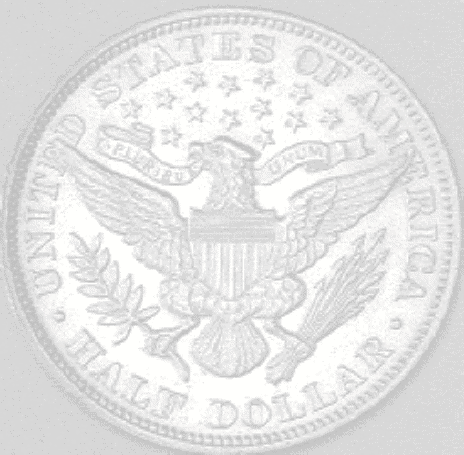
|
|
||
|
|
|
|
|
|
||

-14-
FOR BETTER OR WORSE:
Graft
Thaddaeus Stevens had lobbied
to attach a third amendment to the Legal Tender Act that would have
required the army and navy as well as the contractors furnishing
supplies to the government to be paid in coin. Congress rejected the
amendment choosing a way that "seemeth right unto a man."
Inflation was born the first time man wanted profit
without earning it, and now un-principled men sought similar profit
without earning it. They stockpiled foodstuffs, wool and other necessary
items intending to charge high prices for them. Speculation never
produced an honest day's work. What was written about the South by a
newspaper in Richmond, Virginia was true as well as of the North:
"Everybody is swindling everybody else” (Halleck, 394).
The National Bank
Late in 1861, Secretary Chase
had designed a plan for a national banking system. On account of the
chaos in the banking industry, chaos that resulted from his economic
ineptitude, he decided to implement his plan. The Act of February 25,
1863, and the "National Currency Act" of June 5, 1864, nationalized the
banking system. After a bitter fight that carried the majority of the
House by a single vote and the Senate by 2 votes, a 10 percent tax was
levied against all state bank notes. By the following year, the notes
had been forced out of circulation.
"The tax brought about a new state of things,"
wrote Horace White (443). For the first time the banking industry of 40
states was under the authority, and, to use the words of Mr. White, "within
the grasp of one set of administrative officials” (407). A similar
bill by Samuel Hooper and Elbridge Spalding had been tabled in July 1862
and again in 1863. John Sherman introduced a bill into the Senate where
it passed by the narrow margin of 23 to 21. It cleared the House and
became law February 25, 1863. The National Banking system continued its
existence until it was gradually supplanted by the Federal Reserve Act
of December 23, 1913. National Bank Notes continued to be printed until
1929.
According to law, banks that were members of the
National Banking system purchased United States bonds to ease the
"money" crisis experienced by the government. The bonds had to be
deposited with the Treasury as a reserve for the paper "money” they were
permitted to issue. The notes issued by each branch carried its
individual charter number, name, signatures of its officials and the
state's coat-of-arms. Since 90 percent of its purported value in bonds
could be issued in the form of paper “money", the value of its currency
rested upon the value of other paper, and it was not until 1879 that the
redemption of currency in gold and silver was resumed.
A national bank was required to have a minimum capital
of 50,000 "dollars." Sixty percent of its capital had to be invested in
United States bonds. According to Fred Reinfeld, banks in 16 leading
cities had to keep on hand a reserve of "lawful money" equal to only 25
percent of their deposits and circulating currency. Smaller banks had to
maintain a 15 percent reserve (34). Each bank had to deposit in the
Treasury only 5 percent of its circulating paper "money!" This
constitutes simple fraud. It is expressly dishonest. "The Righteous Lord
loveth righteousness," and it was He who commanded "Thou shalt have a
perfect and just weight, a perfect and just measure shalt Thou have."
The National Banking system chartered its banks for 20 years, but it
ignored the eternal principles behind banking.
